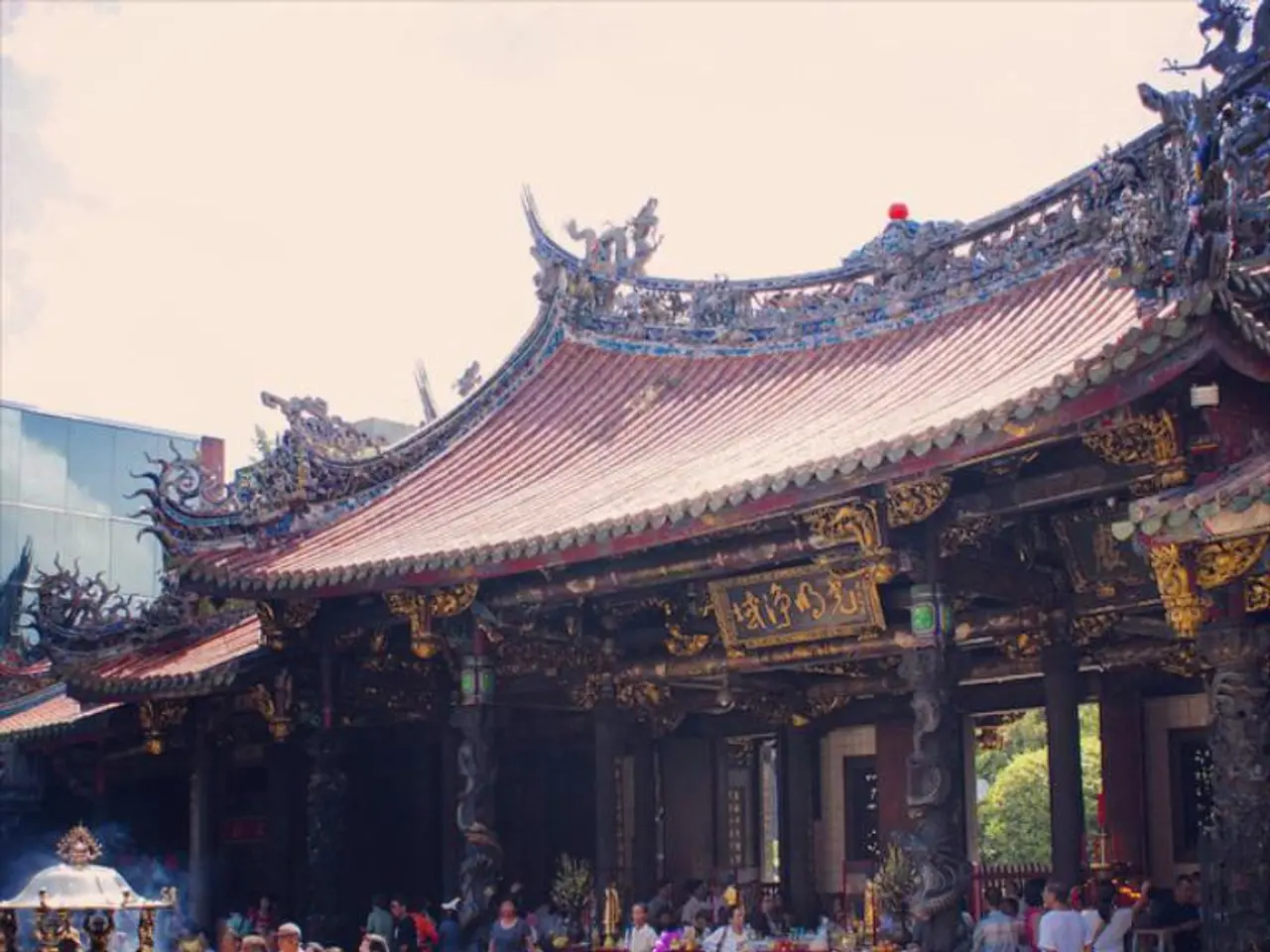Exploring Seven Spaces Showcasing the Blend of Japanese and Scandinavian Design Styles, known as Japandi Interior Design
Introducing Japandi: A Harmonious Fusion of Eastern and Western Design
Japandi design, a captivating hybrid of Japanese and Scandinavian styles, is making waves in the world of interior design. This modern style, with its roots tracing back to cultural exchanges in the mid-19th century, seamlessly blends Japanese aesthetics' timeless simplicity and natural materials with Scandinavian design's clean lines, functionality, and cozy warmth.
Designers like Alvar Aalto, Arne Jacobsen, Shiro Kuramata, Norm Architects, Keiji Ashizawa Design, Joanna Laajisto, and many others have contributed to the development of Japandi design. The style gained popularity around 2016 and continues to grow due to its practical minimalism combined with emotional comfort.
The Japanese influence in Japandi is deeply tied to philosophies like Wabi-Sabi, which values imperfection, impermanence, and authenticity, celebrating natural aging and handmade, organic materials. Another key influence is Shinrin-Yoku or "forest bathing," emphasizing connection to nature, reflected by the use of wood, stone, bamboo, and greenery indoors.
On the other hand, the Scandinavian side brings concepts such as Hygge (creating cozy, comfortable spaces) and Lagom (balance and moderation, avoiding excess), promoting simplicity and functionality with warmth and emotional comfort.
Historically, Japanese interior aesthetics stem from cultural practices like the tea ceremony room (chashitsu) developed between the 14th and 16th centuries, characterized by minimalism, natural materials like tatami mats, sliding paper doors, and a focus on calm, uncluttered spaces. These aesthetics influenced broader Japanese architecture and interior styles that contribute to Japandi's long-standing heritage.
Japandi interiors ask us to notice the details and remind us that simplicity is not emptiness but refinement. They feature clean lines, organic shapes, and a balance of open space and tactile texture. Furnishings in Japandi design tend to be low and deliberate, with natural light used to emphasize volume and shadow.
Cathie Hong, an interior designer, used Japandi design ethos in renovating her own 1960s redwood home in Los Gatos. Studio McGee's sunken outdoor seating area blends the elemental calm of Japanese minimalism with the ease of Scandinavian living. The upstate New York residence designed by Brooklyn-based studio TakaTina draws directly from both Japanese and Scandinavian principles.
Japandi design is built on a palette of neutral colors, with materials like linen, stone, clay, oak, and ash. It resists trend cycles and is considered a lasting language of design, emphasizing natural materials, simplicity, functionality, and warmth, creating serene and practical living environments.
From a sushi restaurant in Bellustar Tokyo, designed by Keiji Ashizawa with subtlety and Japanese minimalism, to a modern farmhouse by Tara Benet that merges rustic structure with the clean-lined restraint of Japandi interior design, the style continues to surprise and inspire.
In conclusion, Japandi design is less about following rules than about honoring principles: balance, beauty, and the art of living well. It's a testament to the enduring appeal of simplicity and natural materials, a harmonious fusion of Eastern and Western design traditions that invites us to embrace a more mindful and authentic approach to our living spaces.
[1] Interior Design Magazine [3] Architectural Digest [5] Dezeen
- The harmonious fusion of Eastern and Western design, Japandi, has been covered extensively in top design publications such as Interior Design Magazine, Architectural Digest, and Dezeen, showcasing its global popularity and influence on modern interior design.
- As lifestyle trends continue to evolve, Japandi design offers a unique blend of interior-design styles inspired by Japanese and Scandinavian aesthetics, making it an appealing choice for home-and-garden enthusiasts who value practical minimalism and emotional comfort.
- The travel-inspired Japandi design ethos, which emphasizes simplicity, functionality, and a connection to nature, has captured the attention of many designers around the world, from Shiro Kuramata and Norm Architects to local firms like TakaTina and Studio McGee, blurring the lines between cultural boundaries and redefining contemporary design news.




